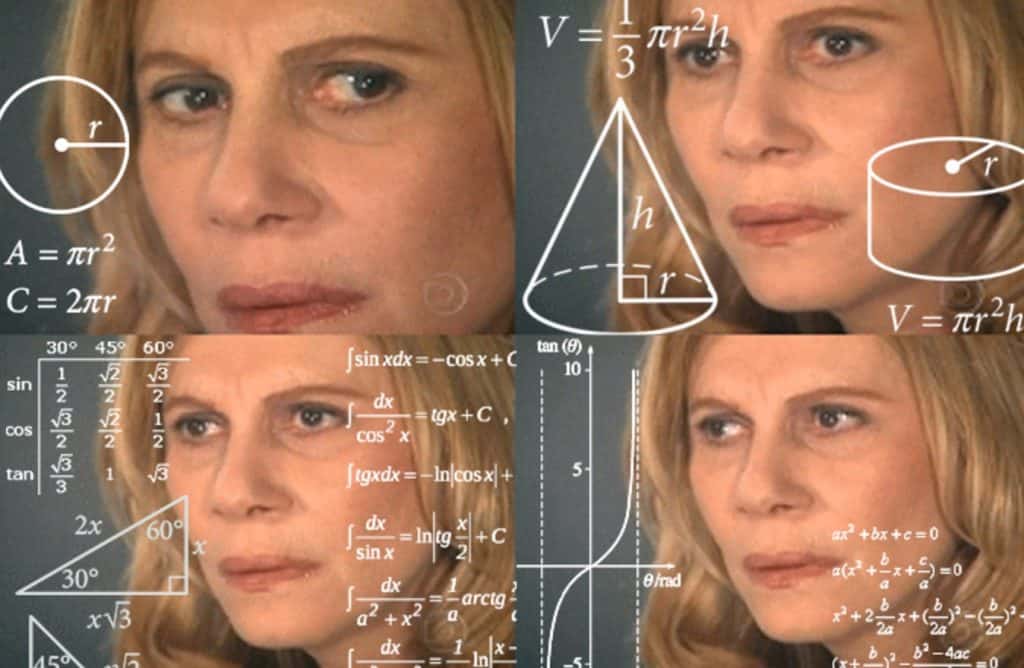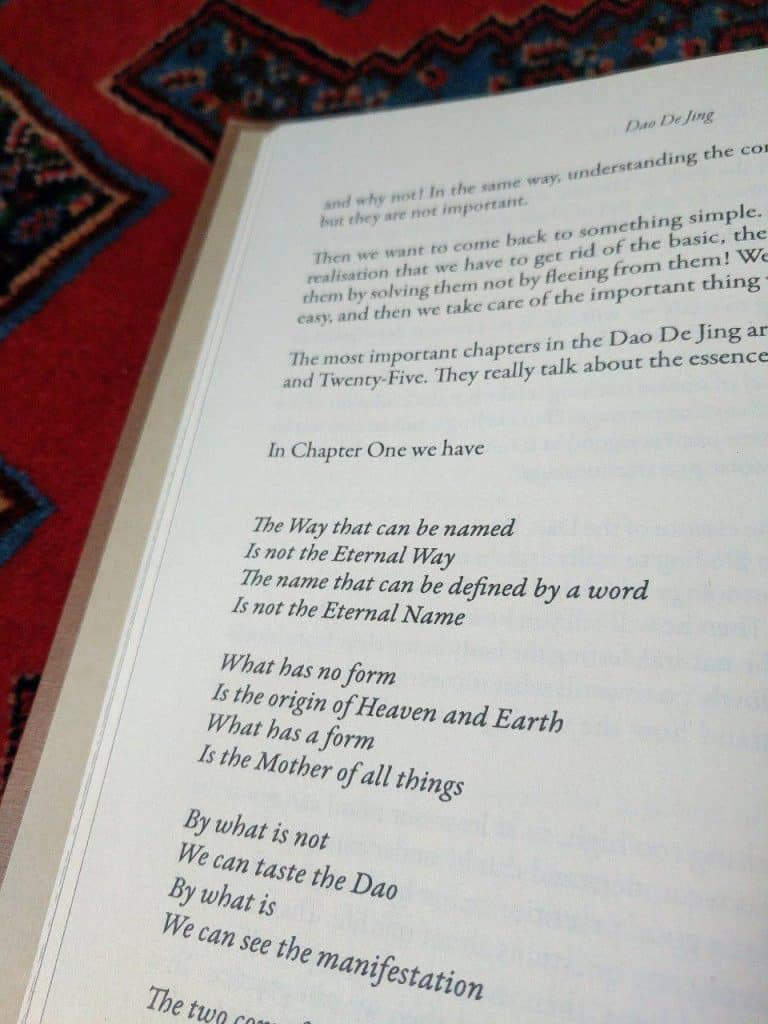Ideas and concepts can help us consider things we may have missed and can often lead to adjustments in training methods that can make a significant difference to the results of our practice. As much as I talk about getting on with training and not overthinking too much, it is still very important to consider certain ideas and make use of conceptual frameworks at the appropriate time if you want to continue evolving. I will make a point of the word appropriate here, for as much as the framework and ideas that follow in this article will work wonders in the approaches of most Daoist practices, Chinese Martial Arts and jibengong, they can also most certainly bring equally horrific effects when used poorly or with incompatible modes of training such as most weight lifting, bodyweight strength and conditioning and other high intensity exercises.
The concept I want to introduce today is one that I have taken to calling thresholds and one I wish I had have come to understand much sooner than I did. In the Daoist approach to practice, for the most part we use very simple exercises. The fundamental exercises are generally done lying, sitting, standing or walking, with some kind of motion of the arm or leg. To do them once or twice is generally an easy affair that can be taught to most people in a short amount of time.
What is interesting here is that because we are practicing in very natural positions that we all use throughout our day to day lives, it is possible for even a rank beginner to perform many of the exercises sort-of-correctly from the get go. In my experience however, it is most common that people encountering this kind of practice for the first time stop or regularly interrupt their practice out of boredom, the belief that nothing terribly important is happening, or a feeling that they can already do the exercise correctly and so they are ready to move on to the next thing.
Doing the exercise ‘correctly’ here is not the purpose. In fact, to do the exercise correctly (in a general sense at least) is simply a sign that you have passed from learning how to do the exercise to being able to get on with actually just doing it. In a sense, it’s closer to being able to begin training than being an indication of any kind of end. The purpose is to use the exercise to carry you towards and eventually beyond different thresholds. It is also often the case that the threshold is not clear or obvious until after you’ve passed it. To do an exercise well does not mean you are done with the exercise, rather that it’s simply a more effective vessel for approaching whichever limits it is designed to address.
I use the word threshold here because the experience of such things is often very sudden. It is as if you were walking towards a door of a strange house – there is the approach, which may be short or long, and then quite suddenly you pass through the door to transition from outside to inside and you are in a room you have not seen before.

Occasionally you end up on a completely different planet…
The most basic physical thresholds are created by protective tension, and I have witnessed time and time again people passing these tension thresholds for the first time which is a wonderful sight to behold. Typically it goes something like this: the exercise begins and all is good. Pretty soon the tension makes itself known; it is working hard and starting to fatigue. Burn, baby, burn! Slowly the feelings of fatigue increase, and the intensity begins to skyrocket. The muscles burn and the blocked points feel like they will sear a mark into the skin. Just when it seems like it’s too much to bare, something relaxes. A feeling of a burden melting away followed by great relief as the pleasant cool-warm feelings of circulation saturate the previously impenetrable walls of tissue. A look of bewilderment comes over the practitioner as they continue an exercise that was moments ago thought to be impossible to sustain any longer, but now proceeds with ease.
Sometimes the thresholds are passed unknowingly. Shortly before writing this article I was teaching qi gong to a group, and a friend who was participating was talking of pain in his knees that amplified when he did the particular practices. I gently urged him on and in one of the sessions he continued to stand for well over an hour. Afterwards he told me how the pain in his knees was getting quite intense at the beginning but then he got absorbed in the practice (which had the intention on the hands). At some point he had realised that he hadn’t thought about his knees for a while, and when he brought his attention back to them the pain had simply vanished without a trace and he was standing comfortably.
Besides the specific effect of the particular area relaxing or whatever may be the case, this is also a moment where potential bursts wide open. The practitioner now has their own experience of passing a threshold and so it transforms from being a story they heard from me to being the reality of a direct, lived experience. It is a moment where faith (“I don’t know why I’m doing this stupid exercise but Craig said it will work so I better keep going”) can be replaced with a little more certainty. It is also a moment of inspiration for continuing with other challenging practices or pushing into deeper thresholds.
There are non-physical limits that can be passed if approached correctly too. In the Da Xuan tradition we have a fantastic Shen Gong (work of the mind) exercise where you take a simple shape – such as a circle, square or triangle – of a single flat colour and stare at it for 10 minutes or more. There’s not anything more to it than this, no secret that needs to be told. But most beginners have a lot of difficulty with it because it reliably, and often very quickly, exposes them to mental and emotional limits, and they think this means they are somehow doing it incorrectly. On the contrary, it shows that the exercise is working perfectly and all that is needed is the willpower to sustain the exercise until the threshold(s) are passed. Not unlike the physical exercises, the mind or the emotions sometimes get very intense and go completely berserk in lead up and then suddenly calm down once you are beyond.
There is an old saying about it being darkest just before the dawn and the approaching of thresholds is often reflective of this. Of course this means that you actually have to go through the dark bit too and it’s a good idea to go into this with the necessary resources. Usually the practices are self regulating, meaning that the person will tend to back off approaching the dangerous shadows that precede some of the most wonderful thresholds of their own accord until they are ready. Occasionally there are kamikazes who thirst for an almost suicidal level of intensity in everything they do and so will take this concept and use it to push the limits of this intensity even further. This doesn’t tend to work so well for these people; their important thresholds lie not in the seas of intense sensation, but rather in the currents of gentle, boring exercises that don’t seem to be doing much. You can do plenty of this practice but at some point, to reach a particular depth and pass the thresholds that hold the general populace you will need a Teacher to guide you.
The teacher is also a useful aid in passing long-term thresholds. Many of the short-term thresholds can be passed by doing a daunting and lengthy single practice, but certain long-term thresholds require lengthy exposure to gentle daily practices that are structured in a particular way to go beyond. There are also cases where a threshold can be passed in either the short or long term, and in yet other cases a combination of both is necessary.

If you’ve been reading my work for a while you’ve almost certainly seen my regular recommendation to maintain a daily practice of certain exercises for 30 to 90 uninterrupted days. The point of this is not that there is anything special or specific about these lengths of time, you could very easily do them for a year straight and get wonderful results. The recommendation is simply to suggest a minimum exposure to the exercise that will hopefully be long enough to provoke the passing of a threshold or two. When the practitioner can experience this for themselves they will learn at least part of the value of the practice (and hopefully continue practicing every day after this as a result).
The problem with being too specific is that everyone is a little (or a lot) different in how long it will take. Their history, how well they can maintain attention, what kind of condition their body is in, their willpower and many other factors weave a web that is completely unique for each individual and which makes it more or less impossible to predict how long it might take. I have seen people struggle for more than a year with no signs that anything is approaching and suddenly in a week scores of different thresholds are passed and loads of things fall into place. I have seen slow, steady and predictable progress that just ticks along bit by bit, cruising nicely past a threshold in clear fashion. I have seen complete chaos too, this week seemingly past a threshold, and the next week back before it again, darting all of the place before finally settling beyond. And I have seen all of these express in a single individual depending on the practice they were doing or the time of their life.
Even though there are no guarantees about when it will work, if you approach practicing these exercises with the thresholds in mind you might just find yourself beyond a few in less time than you expect. The secret ingredient here is the sustaining of effort, both in the short term (don’t interrupt your session if you can at all avoid it!) and in the long-term (don’t miss any days, even a small effort of 5-10 minutes can make a huge difference). I remember one of the critical turning points in my practice where I challenged myself to do 30 minutes of practice every day for 300 days straight. Although on many of these days I only managed 10 minutes, as I progressed through it and continued on afterwards many changes that I expected to be years or decades away had already occured within a few months, and many that I thought were impossible pipe dreams only reserved for the lucky few were now my lived reality after only a year or two.
What might be possible if this effort is sustained for 10 or 20 years or longer? Only one way to find out…

APPENDIX:
Some practices that you can try this approach with can be found below
FREE
https://www.youtube.com/watch?v=p_AX6WmmgIY
https://www.youtube.com/watch?v=ecNwNDalkP4
https://www.youtube.com/watch?v=iRX2Cu1TZkg
https://www.youtube.com/watch?v=HjVyHsEMoJc
PAID
https://craigmallett.uscreen.io/programs/jibengong-foundational-exercises
https://craigmallett.uscreen.io/programs/7-base-metal-stances
https://craigmallett.uscreen.io/programs/spine-rolling-qi-gong
https://craigmallett.uscreen.io/programs/basics-of-qigong
BOOKS
Any of the exercises in this book
** A variation of my teacher’s translation of this passage; “The Dao that can be told is not the real Dao so you may as well shut up and practice”


One Response
Been looking for a good reflection and information on threshold. Reading this was very insightful, thank you!